|
Two Recent Books How to Understand Art, Art Essentials series, Thames & Hudson, London, 2021 (176 pages, 101 illustrations). Upcoming Lecture Series: American Artists: Whistler and Cassatt; Homer and Eakins ♦ Smithsonian Associates, Washington, DC Jackson Pollock (1912-56) and Abstract Expressionism Why, Oh Why, Do We Love Paris? The Timeless Charm of the City of Light Upcoming Tours |
|
Somerset House, London, interview for podcast, April 11, 2024, in the series The Process, The Darker Side of Cute, conversation with the artist Sean-Kierre Lyons about their work in CUTE: An Exhibition Exploring the Irresistible Force of Cuteness in Contemporary Culture, Somerset House, London, January 25-April 14, 2024. https://channel.somersethouse.org.uk/podcasts/process/the-darker-side-of-cute CBS News Sunday Morning with Jane Pauley, interviewed by Faith Salie, for program about gargoyles, October 27, 2019, available on the following links:
https://www.cbsnews.com/news/this-week-on-sunday-morning-october-27-2019/# https://www.youtube.com/watch?v=3RmaBnm3qoU https://www.cbsnews.com/news/gargoyles-and-grotesques-get-their-closeup/ Fulbright Scholar Awards: ♦ Graduate School of Art History, China Academy of Art, Hangzhou, China, spring 2018 http://en.caa.edu.cn/news/LatestNews/201803/t20180307_72182.html ♦ Graduate School of Art History, European University, St. Petersburg, Russia, fall 2012 |
|
Smithsonian Associates, Washington, DC Fortresses and Fantasies: The Châteaux of the Loire Valley October 19, 1:30-4:00 pm, on Zoom 2. Country Life and Court Life. Visit little La Devinière, rural home of Rabelais; the Clos-Lucé, Leonardo da Vinci’s last home; Azay-le-Rideau, one of the earliest French Renaissance palaces, built on an island in the Indre River; and the Château Royal of Blois, a unique example of the development of French architecture from the 13th through the 17th centuries. October 26, 1:30-4:00 pm, on Zoom 4. Renaissance Gardens. Examine plantings, plans, and meaning at Chenonceau, Villandry, and other sumptuous medieval and Renaissance gardens in the Loire Valley. Jackson Pollock (1912-56) and Abstract Expressionism Why, Oh Why, Do We Love Paris? The Timeless Charm of the City of Light March 22, 2025, 1:30-4:00 pm, on Zoom 2. Baroque, Rococo, and Neoclassicism. Visit the Luxembourg Palace and gardens. Follow the change from the serious paintings of Charles Le Brun, praised by Louis XIV, to depictions of Rococo romance by Jean-Honoré Fragonard. Important events in French history, as the Revolution, and people, as Napoleon, are documented in the paintings of Jacques-Louis David. Neoclassical architecture is represented by the Panthéon, the Madeleine, and the Arc de Triomphe. March 29, 2025, 1:30-4:00 pm, on Zoom 4. The Twentieth Century. Art Nouveau entrances were built to the Paris Metro. Among the famous artists working in Paris were Pablo Picasso, Henri Matisse, Marc Chagall, Georges Rouault, Constantin Brancusi, Fernand Léger, Marcel Duchamp, Alberto Giacometti, Victor Vasarely, and Niki de Saint Phalle. The Pompidou Center and the Louis Vuitton Foundation vie for the title of Paris’s Most Unusual Museum. |
92NY (92nd Street Y), New York, NY, Roundtable Four Great Post-Impressionists: Cézanne, Gauguin, van Gogh, Tanner 1. September 6, 2024 Paul Cézanne (1839-1906), perhaps the slowest painter ever, took up to 20 minutes between brushstrokes, which he referred to as “little planes.” Yet his methodical approach would lead to Picasso’s Analytical Cubism in the early 20th century. 2. September 13, 2024 Paul Gauguin (1848-1903) abandoned a successful life in finance in Paris (as well as his wife and five children) for an exotic life of travel, especially to Martinique and Tahiti, seeking an unspoiled, non-European life. His colorful paintings evoke his tropical surroundings. 3. September 20, 2024 Vincent van Gogh (1853-90) painted highly charged images executed with pure brilliant colors, thick paint, and rapid brushstrokes. His paintings reflect the severe emotional swings he suffered; his life would end tragically in suicide. 4. September 27, 2024 Henry Ossawa Tanner (1859-1937) was born in Pittsburgh, PA, but moved to Paris to paint. An African American, his paintings, often of Christian subjects portrayed with profound spirituality (his father was a bishop), brought him international success. Link to Roundtable website American Artists: Whistler and Cassatt; Homer and Eakins 1. March 7, 2025 James Abbott McNeill Whistler (1834-1903) and Mary Cassatt (1844-1926), two Americans who made their artistic careers abroad, in England and France, respectively. Audacious Whistler authored The Gentle Art of Making Enemies, whereas Cassatt favored refined Impressionist domestic scenes. 2. March 14, 2025 Winslow Homer (1836-1910) and Thomas Eakins (1844-1916), two Realists who documented life in America. Homer created factual records of the Civil War and his surroundings, whereas Eakins, teaching at the Pennsylvania Academy of Fine Arts, took his lesson on male anatomy too far and scandal ensued. Link to Roundtable website |
Smithsonian Journeys, Washington, DC I will serve as the Smithsonian Expert Lecturer on the following trips: 2024 2025 ♦A River Cruise through Burgundy and Provence , Jul 8, 2025 - Jul 16, 2025, 9 days |
|
Lectures in China American Embassy, Beijing, Public Art in America, public lecture with translators, May 13, 2021, online. Hangzhou: China Academy of Art, public lectures with translators: 1) Animals in the Art of the Middle Ages, 2) Holy Terrors: Gargoyles on Medieval Buildings, 2018. Beijing: Tsinghua University, Broadcast of my lecture on Andy Warhol, watched by more than 3,600 people, 讲座回顾 | “波普教皇”安迪·沃霍尔的一生, 2018. Shanghai: Shanghai University, Winslow Homer; American Consulate, Winslow Homer, 2018. Nanjing: Nanjing University, 1) Georgia O’Keeffe, 2) Andy Warhol, 2018. |
Conference Papers Invited plenary speaker, "Medieval Mischief: Wit and Humor in the Art of the Middle Ages," International Society of Humor Studies Conference, University of Texas - Austin, June 26, 2019. |
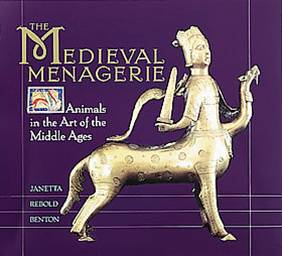
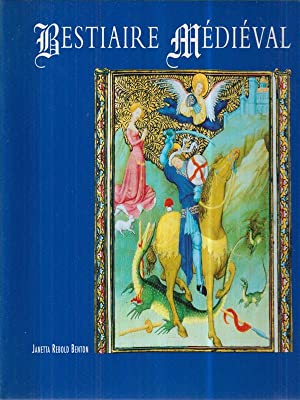
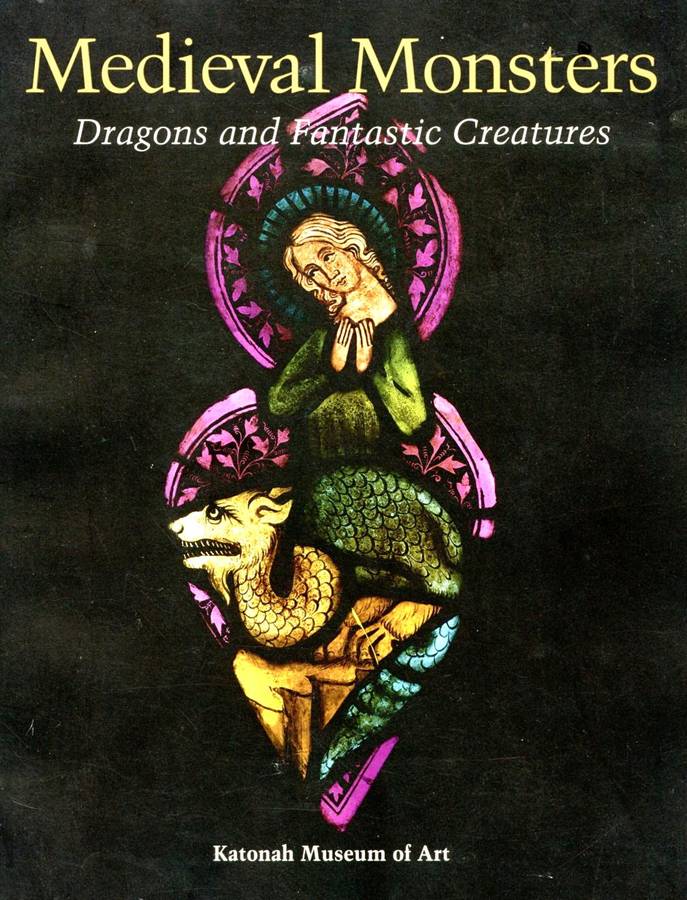
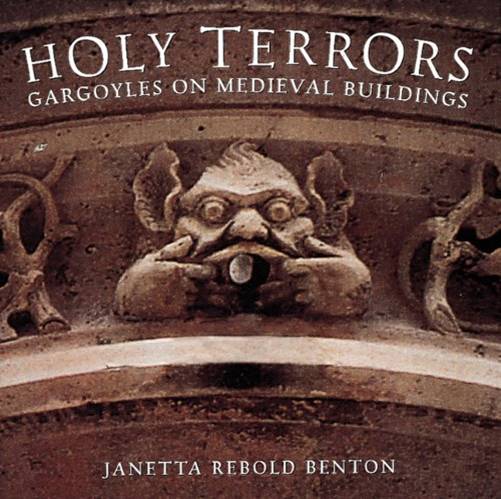
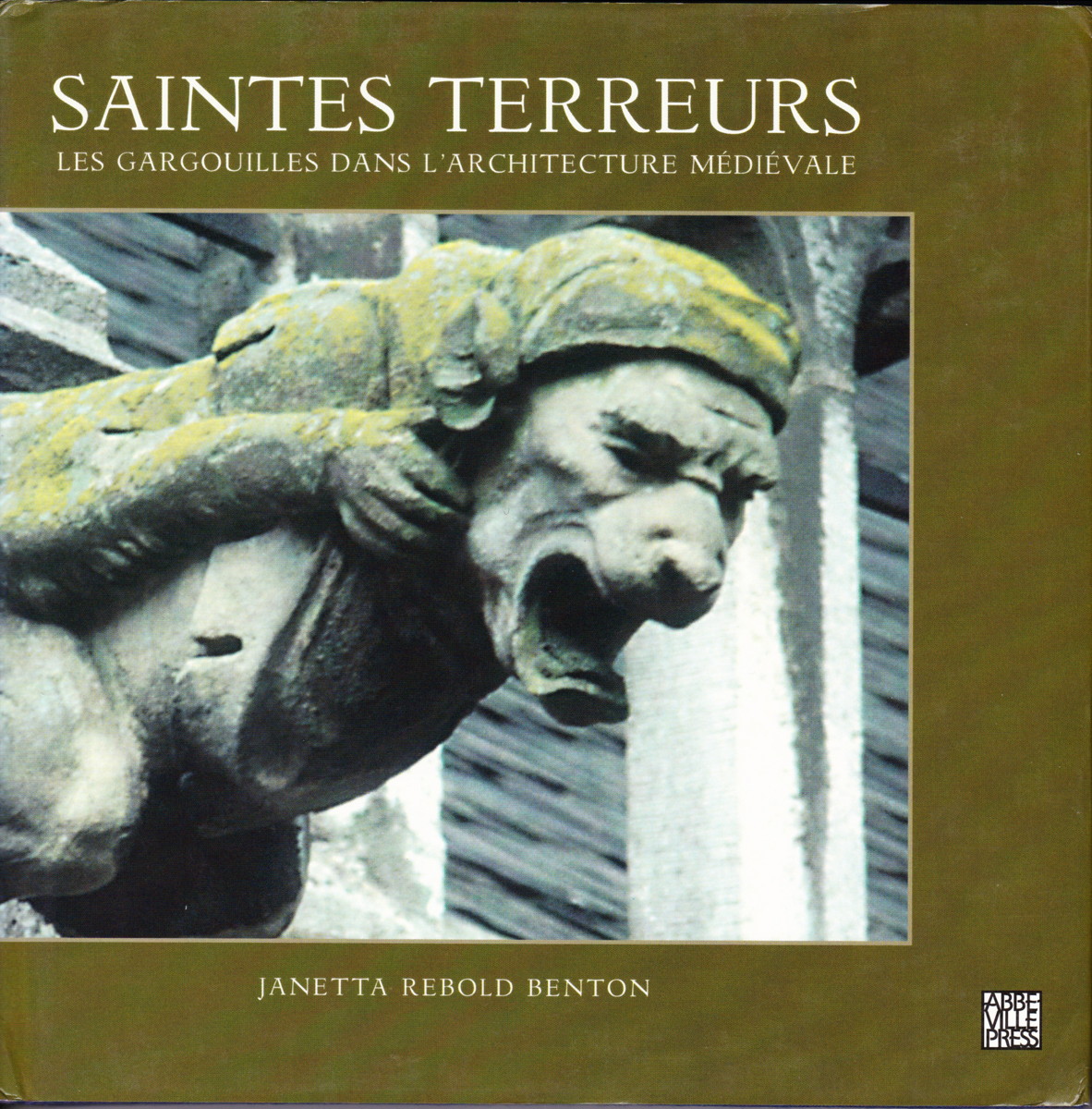

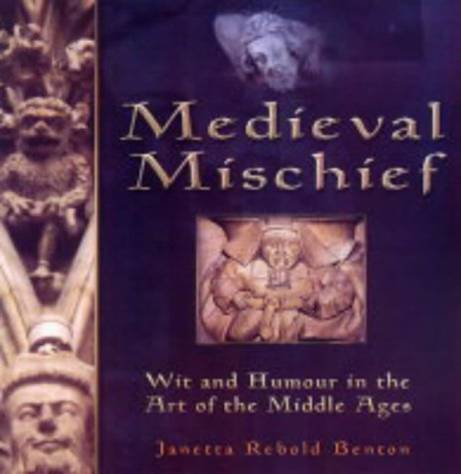
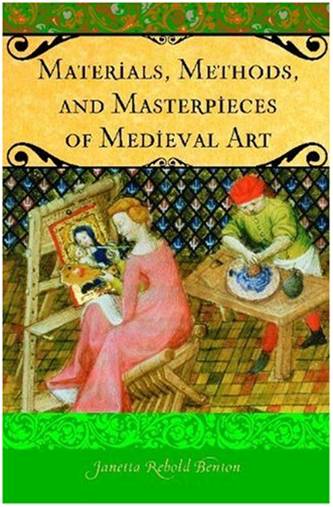
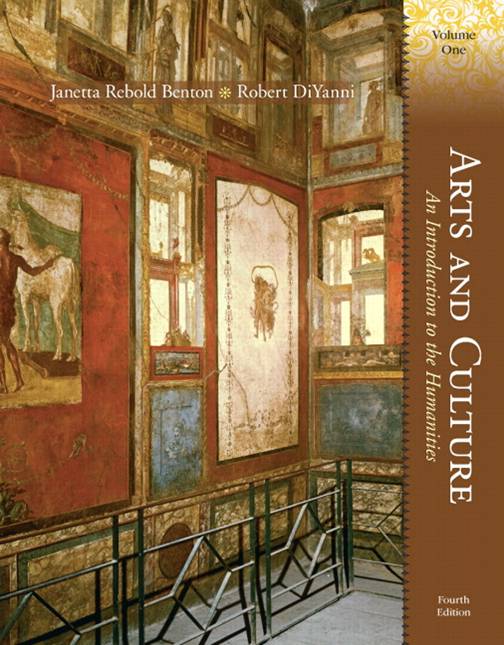
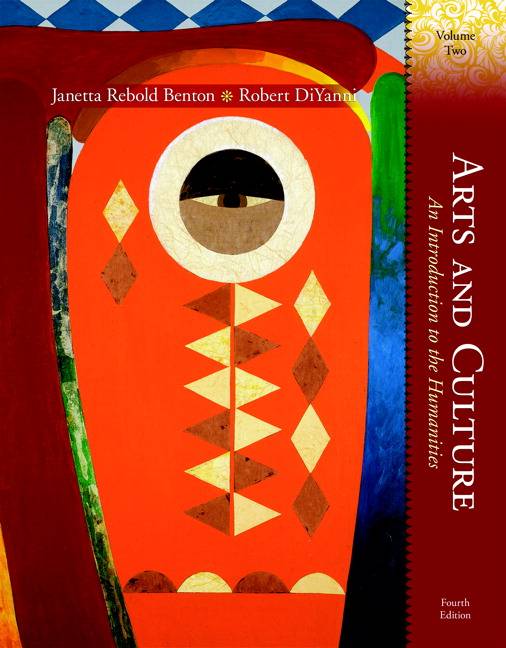
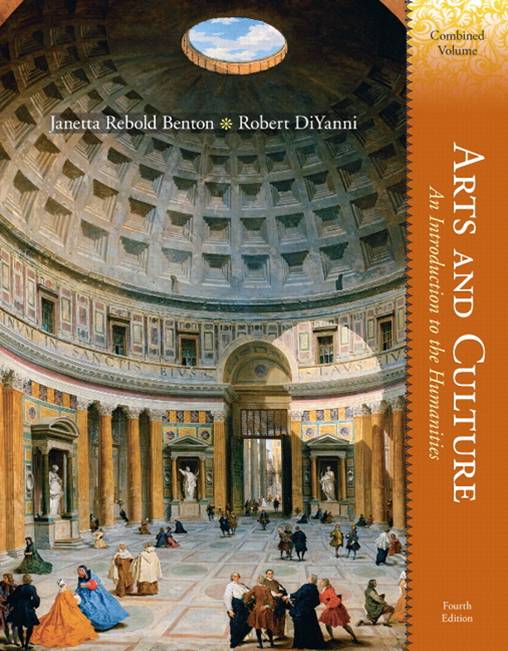
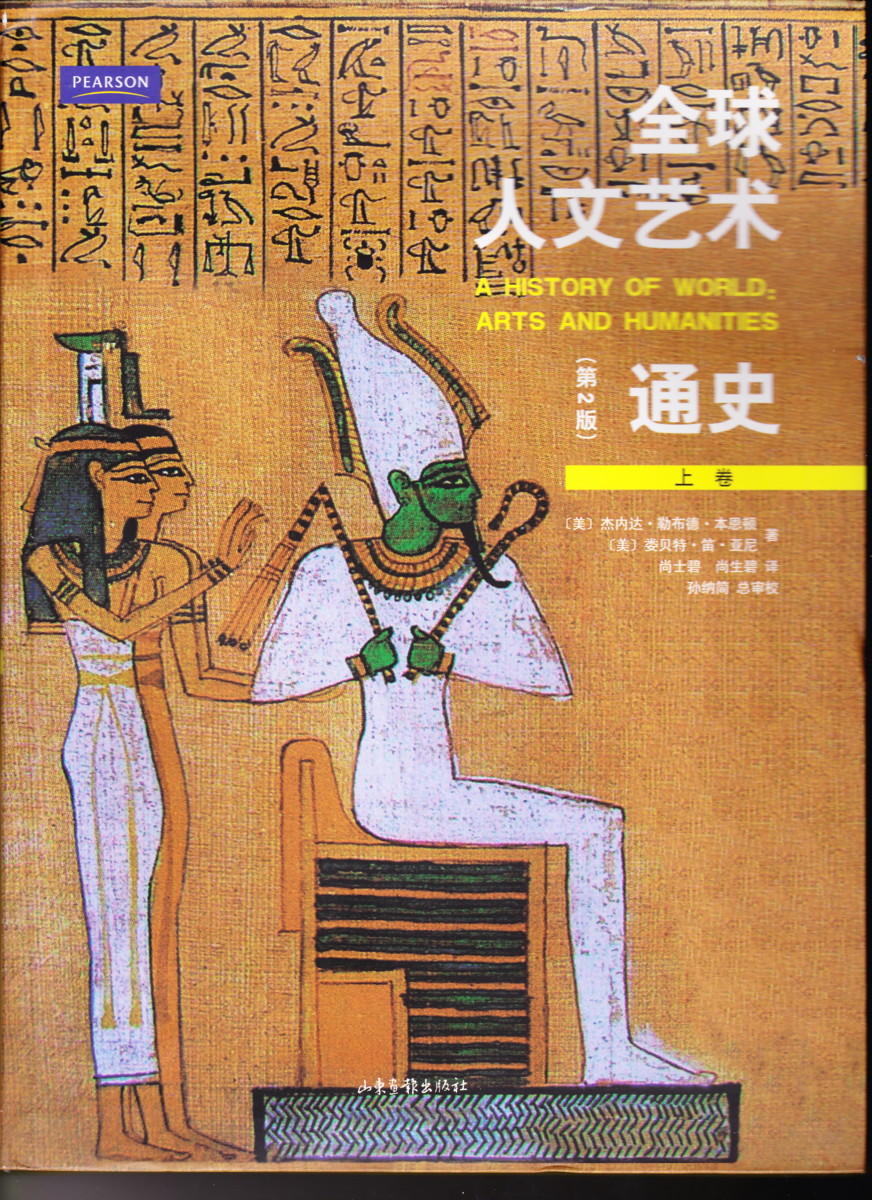
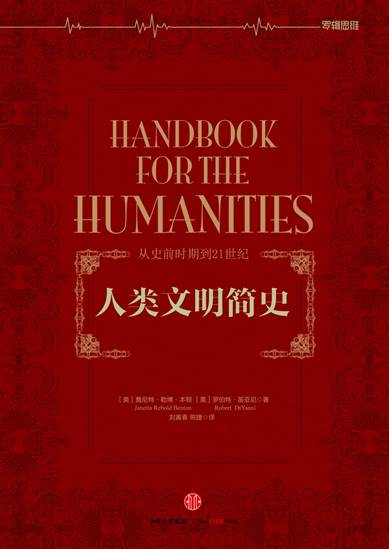
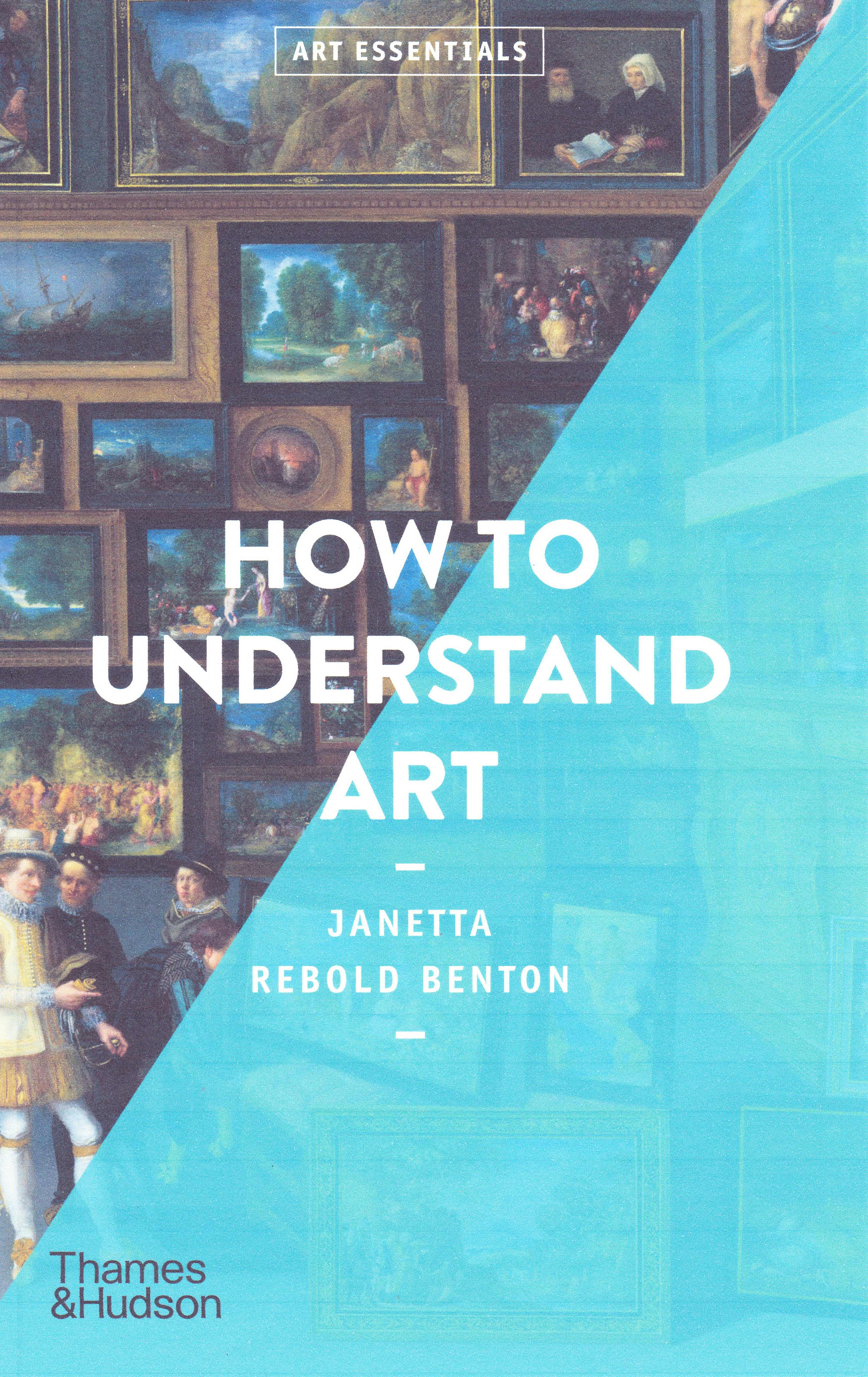
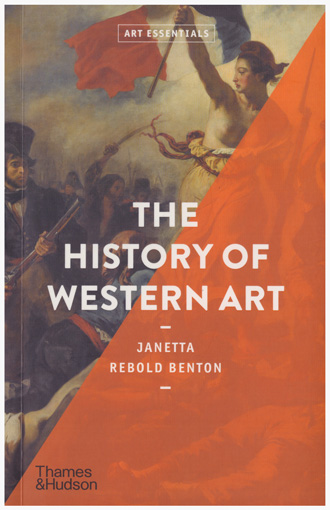
|
Dr. Benton’s tenth book, The History of Western Art, was published by Thames & Hudson, London, 2022/23 with editions in Latvian (Jāna Rozes apgāds, Riga), German (Midas Verlag, Zurich), and Spanish (Arte Blume, Barcelona) . Her How to Understand Art was published by Thames & Hudson in 2021.with editions in French (Flammarion, Paris), Italian (24 Ore Cultura, Milan), German (Midas Verlag, Zurich), Latvian (Jāna Rozes apgāds, Riga), Spanish (Art Blume, Barcelona),Vietnamese (Omega Books, Hanoi), and Taiwanese (Domain Publishing Company, Taiwan) Her other books include Handbook for the Humanities (Robert DiYanni co-author), Pearson/Prentice Hall, NJ, 2014, published in paperback, as an E-book, and in Chinese translation, 2019, 2016. Arts and Culture: An Introduction to the Humanities (Robert DiYanni co-author), Pearson/Prentice Hall, NJ, two volumes and combined volume, fourth edition, 2012, and Chinese translation of second edition, 2011. Dr. Benton’s Materials, Methods, and Masterpieces of Medieval Art is published in the Praeger Series on the Middle Ages, ABC-CLIO, Santa Barbara, CA, 2009, in hardcover and as an E-book. Medieval Mischief: Wit and Humour in the Art of the Middle Ages, The History Press, Sutton Publishing, Stroud, Gloucestershire, 2004, examines an engaging aspect of medieval culture. Art of the Middle Ages in the World of Art series, Thames & Hudson, London, 2002, offers a complete overview of the art and architecture of medieval Western Europe. Holy Terrors: Gargoyles on Medieval Buildings, Abbeville Press, NY, 1997, is also published in French as Saintes Terreurs: Les Gargouilles dans l’Architecture Médiévale (Flammarion, Paris), 2000. The Medieval Menagerie: Animals in the Art of the Middle Ages, Abbeville Press, NY, 1992, a Book of the Month Club selection, is also published in French as Bestiaire Médiéval: Les Animaux dans l’Art du Moyen Age (Flammarion, Paris), 1992. Dr. Benton was the guest curator and catalog author for the 1995 exhibition Medieval Monsters: Dragons and Fantastic Creatures at the Katonah Museum of Art, Katonah, NY. Articles and reviews written by Dr. Benton appear in the Periodical of Tsinghua University Art Museum (清华大学艺术博物馆馆刊), Beijing, 2020; IKON, Center for Iconographic Studies, University of Rijeka, Croatia, 2017; Proceedings of the International Conference, State Hermitage Museum Publishers, Saint Petersburg, Russia, 2017 and 2015; Encyclopedia of Humor Studies, Sage Reference, Los Angeles, CA, 2014; Set in Stone: The Face in Medieval Sculpture, Metropolitan Museum of Art, NY, exhibition catalog, 2007; as well as in scholarly journals including Cahiers de Civilisation Médiévale, Poitiers, 1998; Arte Medievale, Rome, 1993; Artibus et Historiae, Vienna, 1989; and Zeitschrift für Kunstgeschichte, Munich, 1985. Dr. Benton was educated at Harvard University, Graduate School of Education, MDP diploma; earned her Ph.D. in Art History at Brown University; Master's degree in Art History at George Washington University; and Bachelor’s degree in Fine Arts at Cornell University. |
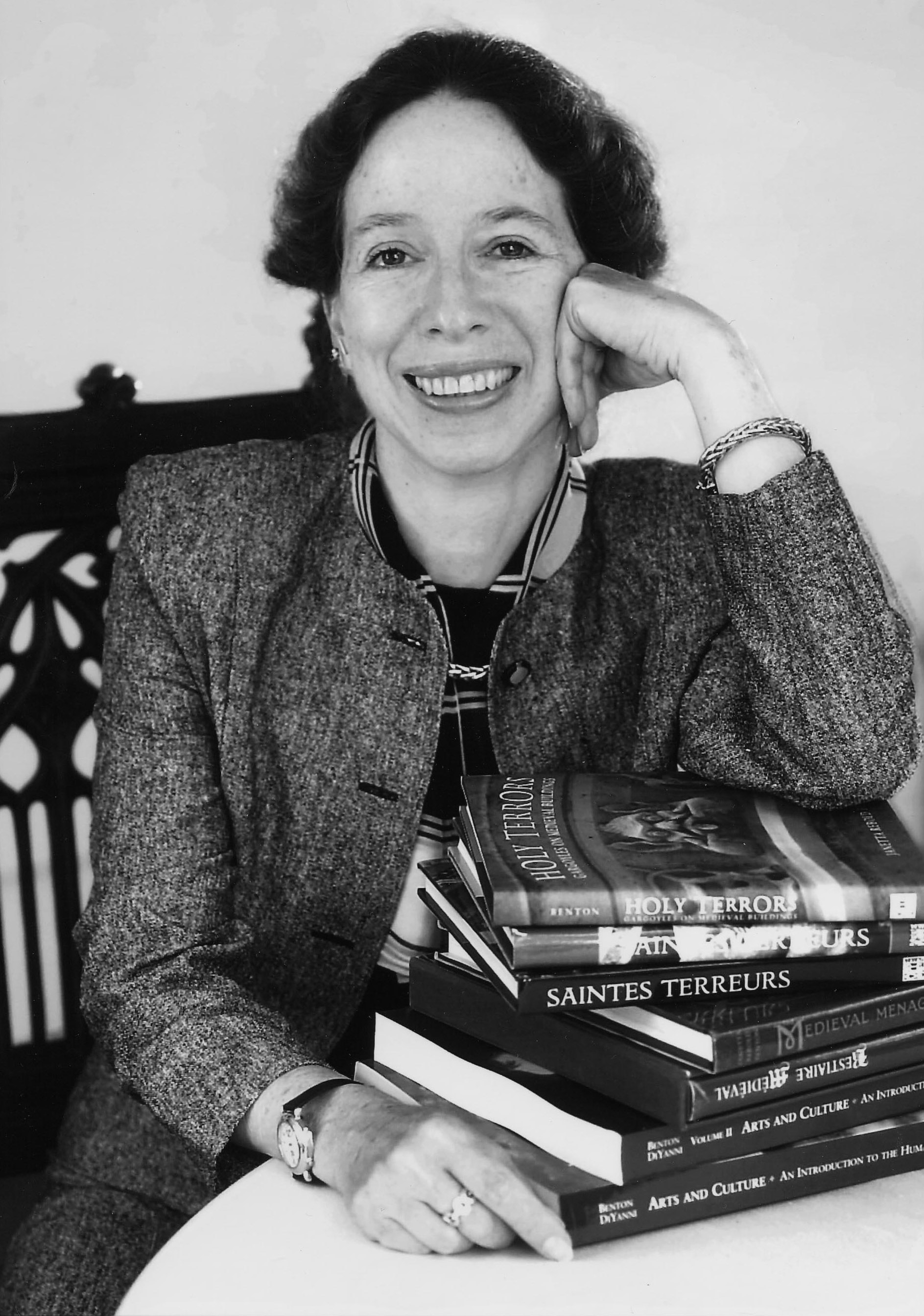
 BRIEF BIOGRAPHY
BRIEF BIOGRAPHY